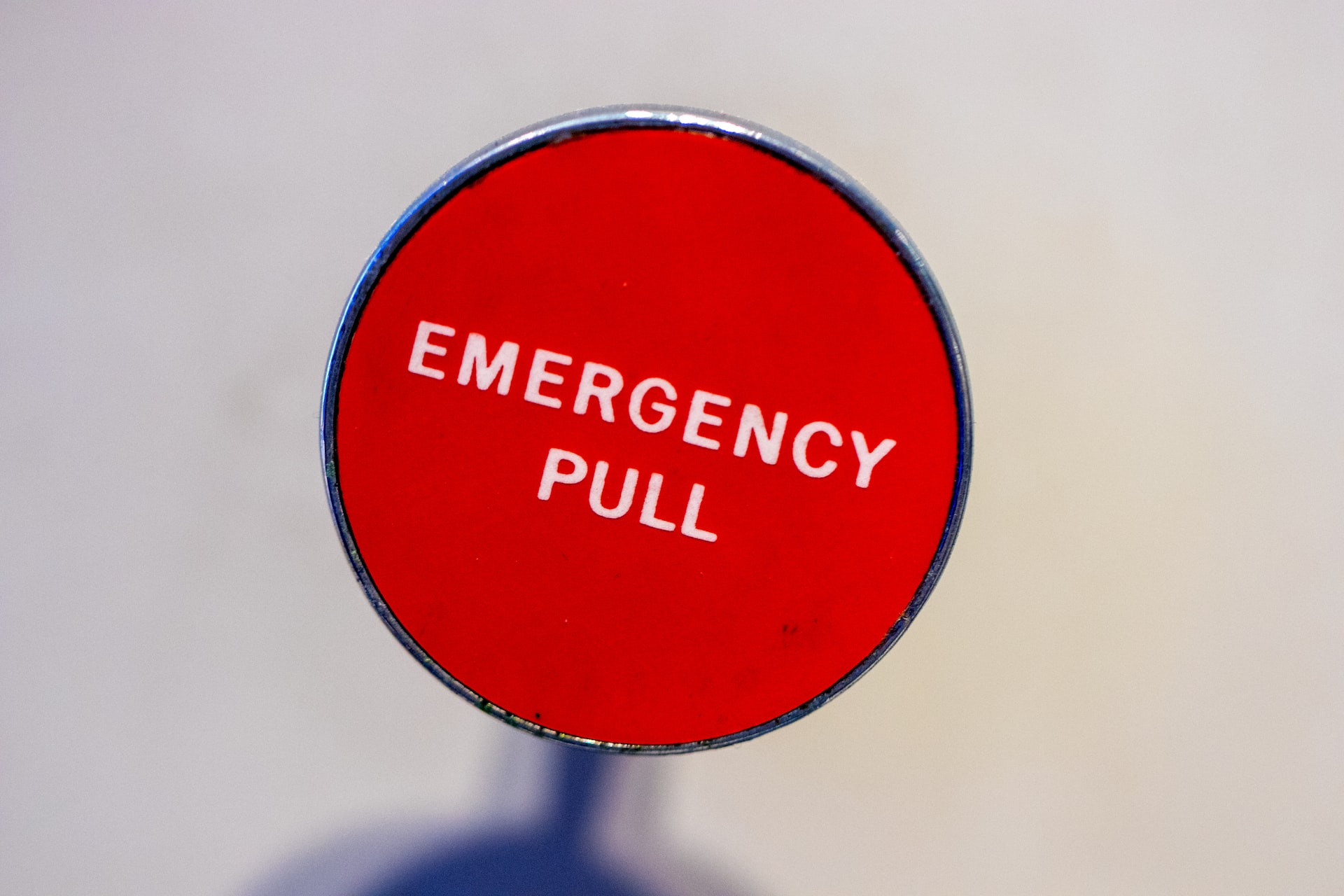The Use Of Social Media For Crisis Communication And Management

Social media has become a vital tool for communication and information sharing in today’s world. In times of crisis, it plays a crucial role in providing accurate and timely information to the public, as well as managing and responding to any negative impacts.
The Evolution of Crisis Communication
Before the advent of social media, crisis communication was primarily carried out through traditional means such as television, radio, and print media. However, with the rise of social media platforms, the way organizations communicate during a crisis has drastically changed. Social media has provided a new channel for organizations to disseminate information and engage with the public in real-time.

According to a study by the International Association of Emergency Managers, “social media has become the go-to source for information during a crisis” (Kirsch, 2017). In the case of natural disasters or man-made crises, people are increasingly turning to social media to stay informed and receive updates. This shift in behavior has led organizations to recognize the importance of having a social media crisis communication plan in place.
Benefits of Using Social Media for Crisis Communication
One of the major benefits of using social media for crisis communication is its ability to reach a large audience quickly and effectively. Social media platforms such as Twitter and Facebook have a global reach, and organizations can use them to disseminate information to a wide range of people in real-time.
Social media also provides organizations with the ability to personalize their message and reach specific audiences. For example, an organization can use Facebook to target a specific demographic or geographic location. This allows organizations to tailor their message to the specific needs of the audience.
Additionally, social media allows for two-way communication, enabling organizations to receive feedback and respond to queries in real-time. This can help organizations to address any misconceptions or false information that may be circulating during a crisis.
Best Practices for Social Media Crisis Communication
To effectively use social media for crisis communication, organizations must have a well-structured plan in place. The following are some best practices for social media crisis communication:
- Designate a crisis communication team: Having a dedicated team responsible for managing crisis communication on social media can ensure that the organization’s message is consistent and accurate.
- Establish a command center: Organizations should have a central location where the crisis communication team can monitor social media and respond to any queries or concerns.
- Develop a crisis communication plan: Organizations should have a plan in place outlining the steps to be taken in the event of a crisis, including the designated spokesperson and the channels to be used for communication.
- Monitor social media: Organizations should monitor social media for any mentions of their brand or the crisis at hand. This can help organizations to quickly address any false information or misconceptions that may be circulating.
- Use social listening tools: Social listening tools can help organizations to monitor social media and track mentions of their brand or the crisis at hand.
- Provide accurate and timely information: Organizations should provide accurate and timely information to the public through social media. This can help to alleviate any concerns and prevent the spread of false information.
- Be transparent: Organizations should be transparent and open in their communication on social media. This can help to build trust with the public and show that the organization is taking the crisis seriously.
- Engage with the public: Organizations should engage with the public on social media, responding to queries and addressing any concerns.
In conclusion, social media has become an essential tool for crisis communication and management. Platforms like Twitter, Facebook, and Instagram provide a direct line of communication between organizations and their audiences during a crisis. As technology and social media continue to evolve, it’s crucial for businesses and organizations to develop a comprehensive crisis communication plan that includes social media strategy. This will help them to effectively navigate and mitigate a crisis, protect their reputation, and maintain trust with their stakeholders.





